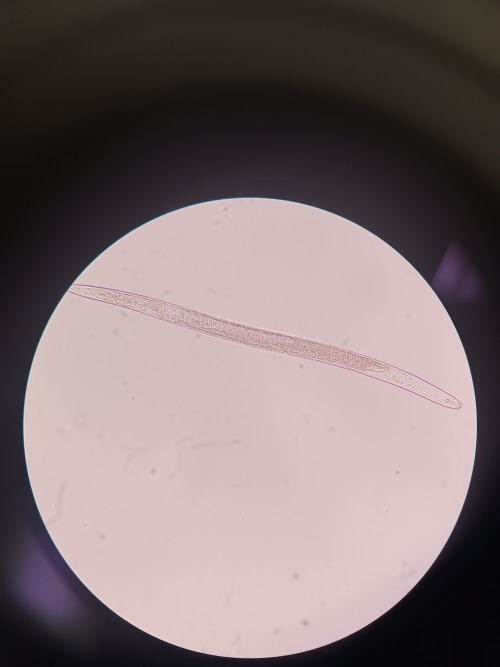Nematodes - Blog Posts
Funguary Day 22: Oyster Mushroom
While most fungi get their nutrients through decomposing organic matter or through symbiotic relationships with plants, some, like oyster mushrooms, are carnivorous. These carnivorous fungi are known as “nematophagous”, given their ability to hunt and eat nematode worms. Most nematode-eating fungi only resort to hunting when there is insufficient food to eat. There are several methods these fungi will use to catch the nematode worms. The oyster mushroom in particular grows a hyphal stalk with a single toxic droplet on the end that paralyzes the worms, giving the oyster mushroom enough time to grow through the mouth of the worm and digest it from inside.
Other similar fungi grow adhesive nets or branches to which the nematodes stick or create a noose that inflates within a tenth of a second when touched. Yet another way some nematode-hunting fungi will catch prey is by releasing spores that can swim through the soil, then bind to the nematode worms. Once attached, they sprout, and the fungus harpoons the nematode with specialized hyphae known as “gun cells”.

See the rest of my posts for funguary here!
Now that my nematology class is over, here's some of the good pictures I got of some species my professor picked out. Most should have genus names, some don't. Enjoy!








